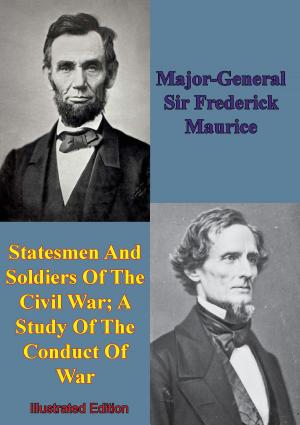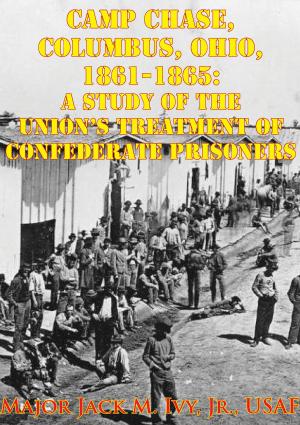Command And Control Mechanisms In The Chickamauga Campaign: The Union Experience
Nonfiction, History, Modern, 19th Century, Americas, United States, Civil War Period (1850-1877), Military| Author: | Major Philip J. Baker Jr. | ISBN: | 9781786252692 |
| Publisher: | Golden Springs Publishing | Publication: | November 6, 2015 |
| Imprint: | Golden Springs Publishing | Language: | English |
| Author: | Major Philip J. Baker Jr. |
| ISBN: | 9781786252692 |
| Publisher: | Golden Springs Publishing |
| Publication: | November 6, 2015 |
| Imprint: | Golden Springs Publishing |
| Language: | English |
This thesis analyzes how Major General William S. Rosecrans, commander of the Army of the Cumberland, employed the command and control mechanisms available to him as he maneuvered his army from Tullahoma, Tennessee toward Chattanooga, Tennessee in August-September, 1863. It also analyzes how these mechanisms were employed during the battle of Chickamauga itself, on 19-20 September, 1863.
General Rosecrans possessed three mechanisms for commanding and controlling his army. The first was the military telegraph, provided by the quasi-military U.S. Military Telegraph service. Next were the assets of the fledgling U.S. Signal Corps, which consisted of signal flags and torches, and a portable version of the telegraph. Finally, there were couriers, who were usually mounted, and were provided by subordinate unit details, or by units specifically formed for courier duty.
The thesis concludes that General Rosecrans did not use his command and control mechanisms effectively. Rosecrans relied too heavily on couriers to carry messages over densely wooded, cross-compartmented terrain in order to send orders to his widely dispersed subordinates and receive information from them. While Rosecrans made wide use of the military telegraph, to include using it during the battle itself, he did not effectively use his Signal Corps assets. These assets were used essentially as static observation posts, and only to a limited degree as a means for effecting command and control.
The thesis further concludes, however, that General Rosecrans use of command and control assets was not a decisive factor in the outcome of the campaign or battle. While his reliance upon courier assets added significantly to the time required to obtain information and send orders, it was not the reason for the Union defeat at Chickamauga.
This thesis analyzes how Major General William S. Rosecrans, commander of the Army of the Cumberland, employed the command and control mechanisms available to him as he maneuvered his army from Tullahoma, Tennessee toward Chattanooga, Tennessee in August-September, 1863. It also analyzes how these mechanisms were employed during the battle of Chickamauga itself, on 19-20 September, 1863.
General Rosecrans possessed three mechanisms for commanding and controlling his army. The first was the military telegraph, provided by the quasi-military U.S. Military Telegraph service. Next were the assets of the fledgling U.S. Signal Corps, which consisted of signal flags and torches, and a portable version of the telegraph. Finally, there were couriers, who were usually mounted, and were provided by subordinate unit details, or by units specifically formed for courier duty.
The thesis concludes that General Rosecrans did not use his command and control mechanisms effectively. Rosecrans relied too heavily on couriers to carry messages over densely wooded, cross-compartmented terrain in order to send orders to his widely dispersed subordinates and receive information from them. While Rosecrans made wide use of the military telegraph, to include using it during the battle itself, he did not effectively use his Signal Corps assets. These assets were used essentially as static observation posts, and only to a limited degree as a means for effecting command and control.
The thesis further concludes, however, that General Rosecrans use of command and control assets was not a decisive factor in the outcome of the campaign or battle. While his reliance upon courier assets added significantly to the time required to obtain information and send orders, it was not the reason for the Union defeat at Chickamauga.
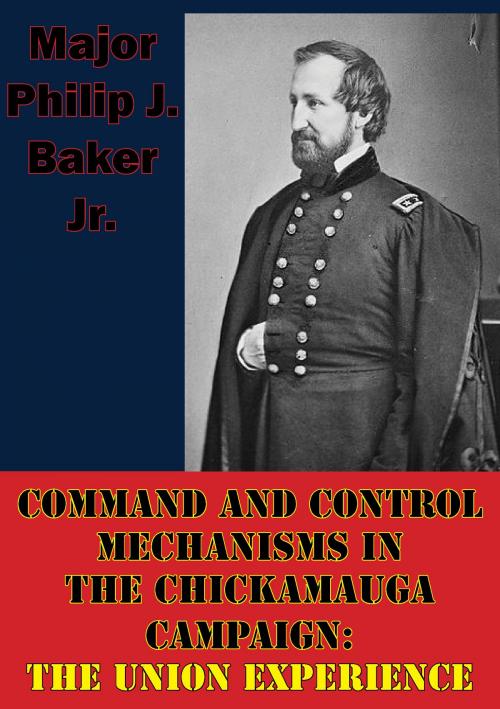
![Cover of the book Gettysburg Staff Ride: Briefing Book [Illustrated Edition] by Major Philip J. Baker Jr.](https://www.kuoky.com/images/2014/august/300x300/9781782898580-CyUe_300x.jpg)
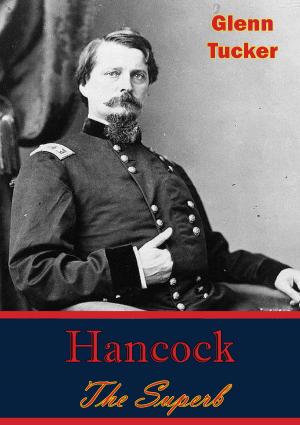
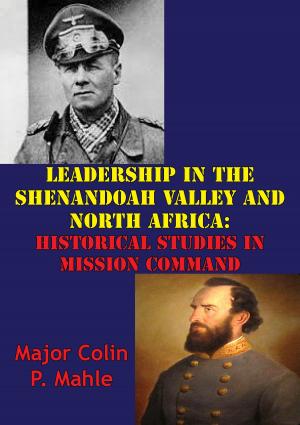
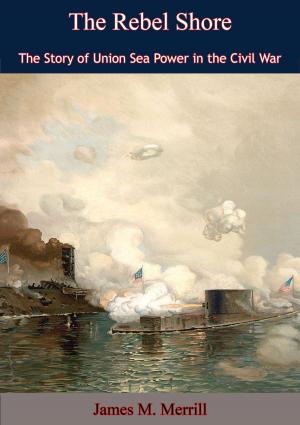
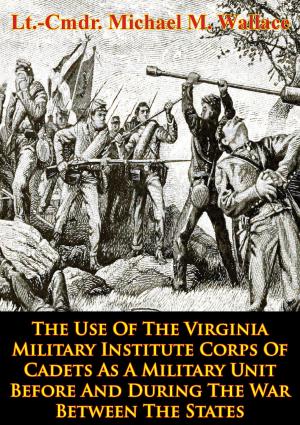
![Cover of the book Analysis Of The Relationship Between Technology And Strategy And How They Shaped The Confederate States Navy [Illustrated Edition] by Major Philip J. Baker Jr.](https://www.kuoky.com/images/2014/august/300x300/9781782896067-yTa1_300x.jpg)
